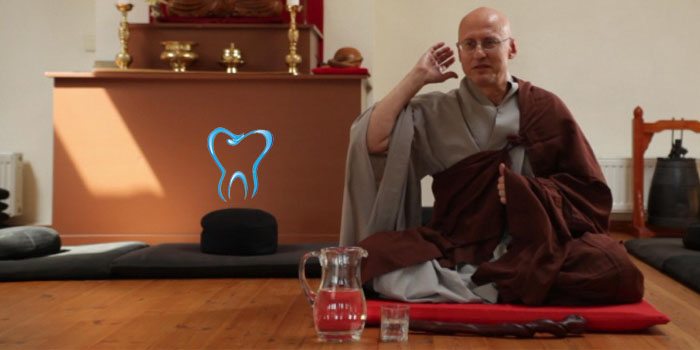I’ve loved fractals since I was a kid. I remember writing lots of programs to generate them when I was in high school, including (just because I could) programming my graphing calculator to display a monochromatic version of the Mandelbrot set. Fractals are the perfect intersection of math and art, but they’re not easy for the average person to create on his/her own. I’ve tried out a few programs that are supposed to help build them, but until now I hadn’t found one that was very good.
I just came across a free, open-source program called Apophysis, which allows even people who don’t really understand how fractals are generated build them easily. It only runs on Windows, unfortunately, but it comes with a lot of examples and seems to be remarkably versatile. The latest release allows the creation of 3D fractals as well, though I haven’t yet tried that feature. The program isn’t aimed at kids, but should be easy enough for most kids who can read on their own or with minimal assistance.
It’s that 3D feature that has made it very popular among the artists on the deviantART website. It’s my understanding that it’s the chief competition for the commercial software Ultra Fractal, though I’m not enough of a digital artist to see much difference between their feature sets. If you want to get an idea of the kind of beautiful fractals that can be created with the program, have a look at this gallery, which is where I came across the program in the first place.
If you or your kids create something with Apophysis that you’d like to share, please post a link to it in the comments.
[This post originally ran in January, 2009.]



